Note: This biography was written by our friend and occasional contributor Robert White. Thanks, Robert!
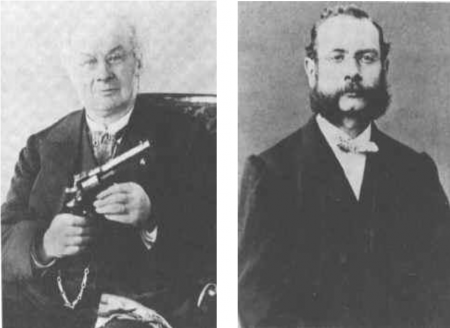
One of the oldest pistols still in service is the Russian M1895 Nagant, designed by Léon and Émile Nagant. Léon Nagant along with Colonel Sergei Ivanovich Mosin designed one of the oldest rifles still in service, the Mosin Nagant M1891. Let’s take a look at the gunsmiths behind these long lived and robust weapons.
When it comes to revolvers, Colt won the West and the Webley ruled an empire. That still leaves a lot of the world out there. The brothers Léon and Émile Nagant filled it with the many variations of their Nagant revolver. Their work with Remington alone was enough to put them in the gunsmithing history books, but that wasn’t all they did. They designed and built arms for more than 6 counties and even the Pope.
Léon and Émile Nagant didn’t start off in the firearms business. In 1859 Emile (born in 1830) suggested to Léon (born in 1833) to be a partner in a metal fabracation and repair business. They repaired mostly industrial equipment. Liège being one of the major centers of the world for the development and production of firearms, they often found themselves repairing damaged firearms.
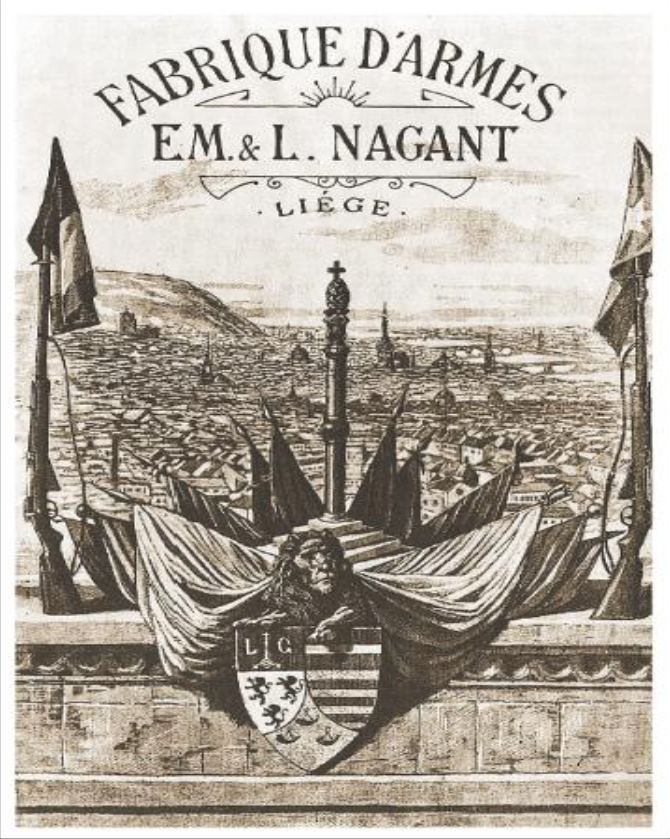
In 1867, the Nagant brothers met Samuel and Eliphalet Remington as they were going through Europe selling their Rolling Block rifles and finding local subcontractors to produce them under license. The Remingtons were so impressed by the production quality and the training of the employees that they proposed to hire the Nagant borthers as one of their subcontractors. The Nagant brothers took the deal and first produced the Rolling Block rifles for the “Pontifical Zouaves of the guard of the Vatican”. These 5,000 rifles have the marks of two crossed St. Peter’s keys on the barrel chamber.
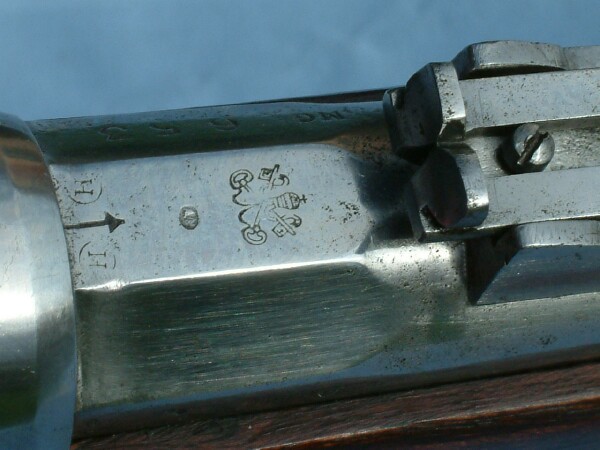
The Nagant brothers didn’t just reproduce the Remington design; they also improved it. One of the improvements was the adaptation of the Rolling Block lock to a double-barrelled shotgun. First, fitted with a double trigger (one for each hammer), then with a single trigger which operated the two hammers in turn. These are the Remington-Nagant.
Until 1900, the Nagant’s produced rifles inspired by the Rolling Block principle. But in 1876 they also produced an 11mm caliber rifle for Greece, based on a locking system developed by a Greek Artillery officer, named Enstathios Mylonas. It was very similar to the Belgian Comblain rifle.
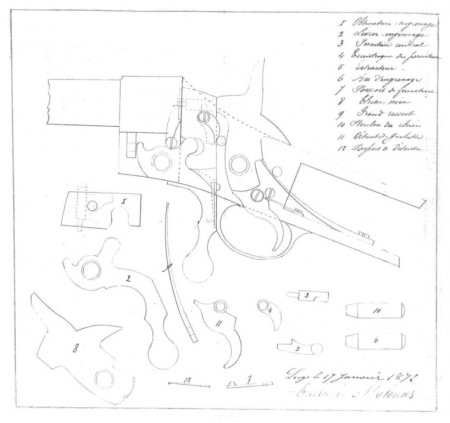
In 1877 a double-barrelled handgun, including a Rolling Block lock was produced. This handgun was to become the first metallic cartridge handgun to be accepted by the Belgian Government to equip its Gendarmerie. This handgun was in service until 1901 when it was replaced by the FN Browning 1900 auto pistol. It was sold on the commercial market until 1910.
There are two types of the model 1877 pistol. The first series (until serial number 1050) was built with a two-part receiver. After the first series, a one part receiver was used. When replaced by the Belgian Government they were sold off as military surplus. Many were bought by the American company Bannerman.
The Nagants also helped with the design of the Dutch revolver model 1873. This handgun, produced by the Dutch Hembrug arsenal and the firm Beaumont of Maastricht, was partially conceived by the Nagants even if it is known as a Chamelot-Delvigne design. Two models are known to exist. The “Old Model” with an octagonal barrel, produced until 1912 before being replaced by a “New Model” with a round and slightly shorter barrel.
The model 1878 Nagant revolver was the first major success with its adoption by several countries. It was available in single or double action and was adapted following the specific design recommendations of the countries that bought it. Following on this they then went on to produce the models 1883, 1878/86 and 1886.
In 1887, the Nagant firm produced a Mannlicher rifle in 8mm and 7.65mm. But due to the complexity of the model, it was quickly replaced by a Mauser system in 1888.
In 1888 the Russian authorities wanted to upgrade their old single shot Berdan rifles. They contacted the Nagant firm and ask them to develop a new rifle with the help of Colonel Sergie Ivanovich Mosin. The rifle known as Mosin-Nagant (aka the three-line rifle) was produced and adopted in 1891.
In 1892 the Nagant brothers produced Comblain rifles to be exported to Brazil and Argentina. The model 1893 revolver in 7.5mm was bought by Sweden, Norway, and Serbia and in .44 by Brazil and Argentina.
Léon Nagant and his brother Emile were well known in the Russian Tsar’s court and military because of the part they had in the design of the new Russian service rifle. So they were called upon again when the time had come to replace the Smith & Wesson revolvers in use in the Russian Army.
The qualifications for acceptance of the new Russian revolver were:
- It had to take down a horse with a single shot at 25-35 meters.
- It had to be light weight – less than 922g (2.03 lb), preferably around 825g (1.82lb).
- It had to hold seven cartridges.
- It had to use the same bore dimensions as the Mosin Nagant rifle so that rejected barrels could be used to make revolvers.
- It had to be single action – double action was thought to impede accuracy.
- It had to be single loading as opposed to using a star extraction system. This was to reduce manufacturing costs, not make it stronger.
- It had to be able to use smokeless powder as well as black powder.
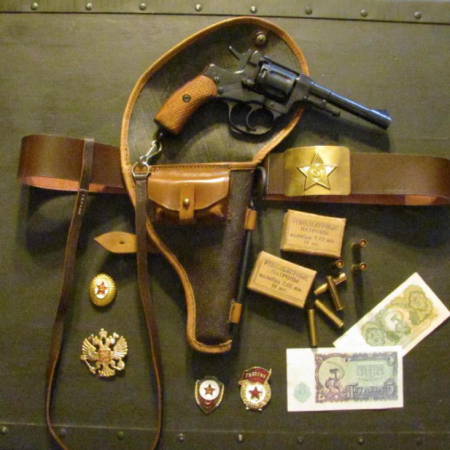
The brothers proposed a new model whose innovative technical characteristics obviated to the usual gas escape between the cylinder and the barrel. This model was adopted by the Russians in 1895.
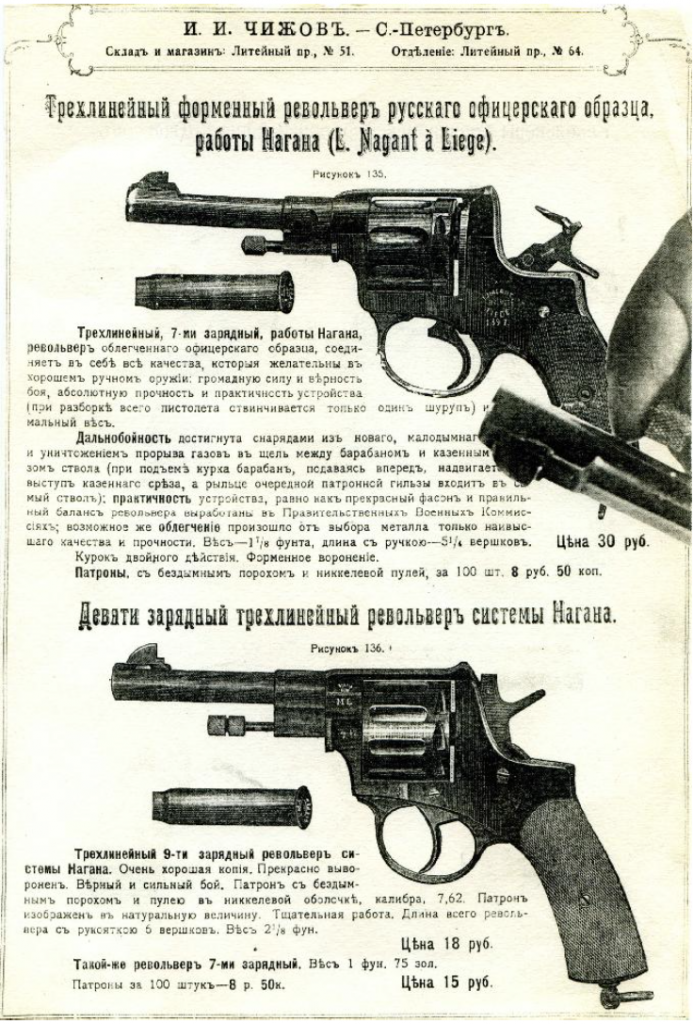
By April 1896, Emile Nagant had become sick, and the two brothers dissolved the company. Immediately, Léon recreated a new company under his own name “Fabrique d’Armes Léon Nagant”. By 1896, Léon and his two sons entered into a new industrial activity, making motor cars.
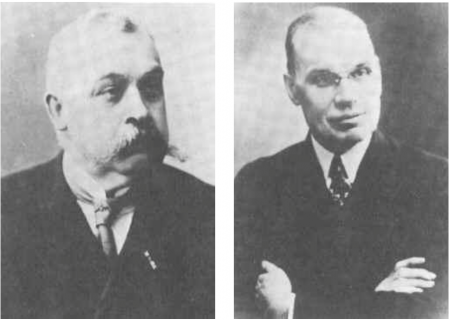
Léon died on February 23, 1900 and on December 23, 1902 Emile Nagant also passed away. The company was then solely managed by Léon’s two sons, Charles (born in 1863) and Maurice (born in 1866). The company’s name was changed to Fabrique d’Armes et Automobiles Nagant Frères.
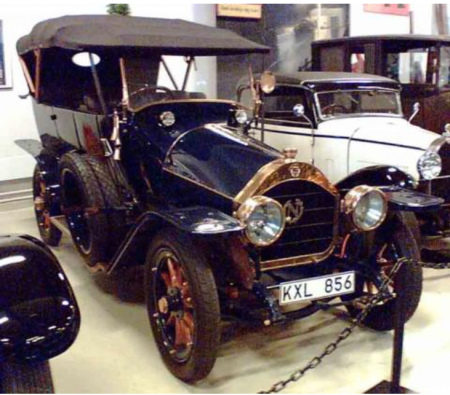
In Russia, the name Nagant carries the same weight Colt does when talking about revolvers of the Old West. The complete Nagant revolver line is yet to be known by many collectors that starts with the model 1878 and ends with the model 1910.
References:
The Guns of Remington by Howard Madaus
The Mosin-Nagant Rifle by Terence W. Lapin
History of Remington Firearms By Roy M. Marcot
Pistols: An Illustrated History of Their Impact By Jeff Kinard
Nagant’s patents about firearms
A copy of these patents can be obtained through:
Office Belge de la Propriété intellectuelle (OPRI)
North Gate
154, Bd Emile Jacquemin
1200 Bruxelles
(Copy service telephone number : 02/2064149 – 50 – 51)
No 25924 – July 13, 1869 (invention) : striker lever and striker stop for Remington rolling-block system.
No 26970 – January 26, 1870 (invention) : with Mr. Bachmann, a in-houseshooting appliance.
No 27667 – May 31, 1870 (invention) : adaptation of the rolling-block system to double-barrelled shotguns.
No 29046 – July 17, 1871 (improvement) : new improved extractor for the rolling- block system.
No 31225 – September 19, 1872 (improvement) : fitting of the new extractor and striker lever to double-barrelled shotguns.
No 33765 – December 19, 1873 (invention) : fitting of the Remington-Nagantsystem to firearms of all calibers.
No 39340 – April 14, 1876 (invention) : single trigger for double-barrelledshotguns.
No 39512 – May 9, 1876 (invention) : fast loading for a rolling-block rifle.
No 41590 – February 27, 1877 (invention) : modification relating to the fast loading design.
No 42456 – June 15, 1877 (improvement) : modification relating to the single trigger design for double-barrelled shotguns.
No 42907 – August 25, 1877 (invention) : revolver model 1878.
No 44563 – March 14, 1878 (improvement) : modification regarding the model 1878.
No 44954 – April 24, 1878 (improvement) : new ejector rod for the model 1878.
No 46620 – November 14, 1878 (improvement) :removable trigger guard for rifles.
No 50871 – March 17, 1880 (improvement) : adaptation of the revolver model 1878 for the single-action mode.
No 51269 – April 24, 1880 (improvement) : bayonet holder.
No 59517 – November 8, 1882 (improvement) : modification about the fast loading rifle.
No 61151 – April 19, 1883 (improvement) : another modification for the fast loading rifle.
No 61794 – June 23, 1883 (invention) : Comblain rifle accessories.
No 63999 – January 30, 1884 (improvement) : another modification for the fast loading rifle.
No 79324 – October 26, 1887 (invention) : Nagant rifle fitted with an horizontaly moving bolt.
No 83431 – September 29, 1888 (improvement) : modification regarding the Nagant rifle.
No 84016 – November 21, 1888 (improvement) : modification regarding the Comblain rifle.
No 84225 – December 10, 1888 (improvement) : new loading clip for the Nagant rifle.
No 84779 – January 26, 1889 (invention) : new steel hardening process.
No 87203 – July 30, 1889 (invention) : Nagant rifle with a Mauser type bolt (Mosin-Nagant).
No 87874 – September 28, 1889 (improvement) : New safety for the Nagant rifles.
No 93345 – January 6, 1891 (improvement) : modification regarding the Mosin- Nagant rifle.
No 95370 – June 22, 1891 (improvement) : modification regarding the Mosin-Nagant rifle.
No 98446 – February 18, 1892 (invention) : Comblain rifle accessories.
No 99113 – April 5, 1892 (invention) : Details about the “gas seal” revolver.
No 99346 – April 14, 1892 (invention) : transformation of the Berdan rifle.
No 107902 – December 20, 1893 (improvement) : new loading clip for the Mosin- Nagant rifle.
No 116198 – June 17, 1895 (improvement) : final drawing of the “gas seal” revolver.

Be the first to comment